Scoliosis and What Chiropractic Care Can Do For You
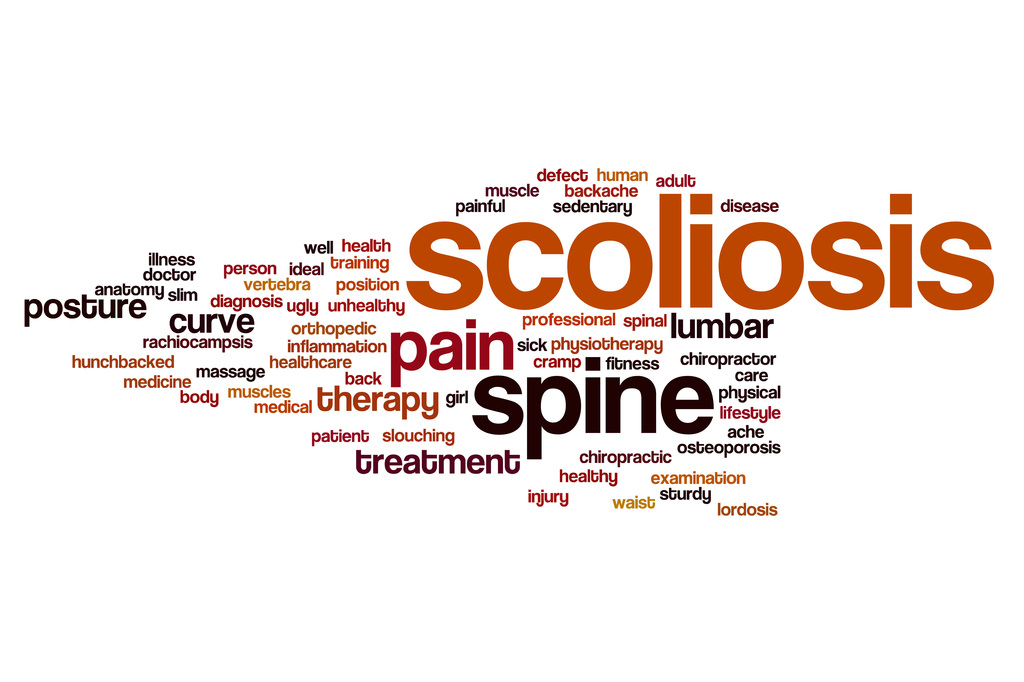
Scoliosis and what Chiropractic Care can do for you
What is Scoliosis?
Scoliosis is an abnormal lateral curvature of the spine. For a better visual, the spines normal curves create a soft “S” shape when looking at the side view of the spine and should be straight looking directly at the back of the body/spine. Scoliosis creates a “C” or “S” curve in the spine from the back view. The most common form of scoliosis is called Idiopathic Scoliosis and the primary age of onset is between the ages of 10 and 15, though it can develop in infancy or early childhood as well. Scoliosis occurs equally between men and women; however, women are more prone to having the curve progress to the point that it requires treatment. About 2-3 percent of the population have scoliosis. There are three other types of scoliosis, Congenital Scoliosis caused by a defect present at birth, Neuromuscular/Myopathic Scoliosis developed from children with neuromuscular disorders, and Degenerative Scoliosis which is a degenerative condition that will typically occur after the age of 65. Scoliosis can cause pain and discomfort, along with causing misalignment. Many are fitted with a brace or undergo surgery for treatment, however, Chiropractic treatment can be very beneficial in helping reduce the degree of the curvature along with realigning your body. It’s important to understand that while scoliosis is treatable, it’s not curable, and while some people have a very mild case of scoliosis it can still cause pain and discomfort. Scoliosis requires ongoing care and our goal here at Teachout Chiropractic and Wellness is to help alleviate those pains and discomforts and work on realigning your body to give you the best quality of life we can.
Diagnosis
So, How do you know if you have Scoliosis? Often, in school, the Adam’s forward bend test is used. The purpose of the Adam's test is to detect structural or functional scoliosis. With a structural scoliosis, the scoliotic deformity will remain the same as in the standing position. Historically, the Cobb angle was used to determine the degree of scoliosis. The Cobb angle measurement only shows the degree of lateral bending on an x-ray. Surface topography, 3D posturography, spinal ultrasounds, and MRIs are other ways that you can be diagnosed. These other forms of diagnoses also reveal much more about the scoliosis deformity than in an x-ray.
Symptoms
Some of the more common symptoms are things like: abnormal walking patterns, reduced range of motion, trouble breathing, cardiovascular problems, and as stated above, pain. When the spine abnormally twists and curves sideways it can cause misalignment in the hips as well as other parts of the body, this misalignment can change how a person walks as well as cause the muscles to tire sooner. The abnormality of the spine can often cause rigidity reducing your range of motion when twisting and bending. When the spine is rotated enough the rib cage can also twist reducing the space for the lungs, making it difficult to breathe, as well as reducing space for the heart which can in turn reduce the hearts ability to pump blood. Whether you have one, some, or all of these symptoms, they can cause pain and discomfort. The doctors at Teachout Chiropractic and Wellness Center have cared for patients with scoliosis their entire careers and they continue to help patients with scoliosis to reduce their pain and improve their quality of life.
Treatment
There are a few options for treatments with Scoliosis. With mild cases, and often with children, they are put on observation or receive a brace. Observation is exactly as it sounds, they observe the degree of the curve to make sure it doesn’t worsen until they are fully grown. The brace is to ensure the curve doesn’t worsen as the child is growing. As an adult, bracing can help to slightly correct the curve while on and help reduce some pain. Spinal fusion surgery is another treatment option, often for more severe cases. This surgery will help straighten the spine although will not completely straighten it. Then there is the option of chiropractic care. With mild cases and proper chiropractic treatment, the curve can be reduced, and the pain reduced.
Dr. Teachout has had the opportunity to treat many patients suffering the effects of scoliosis during the last 19 years. He and the staff here at Teachout Chiropractic & Wellness Center are eager to help. If you or someone you know suffers from scoliotic changes give us a call!
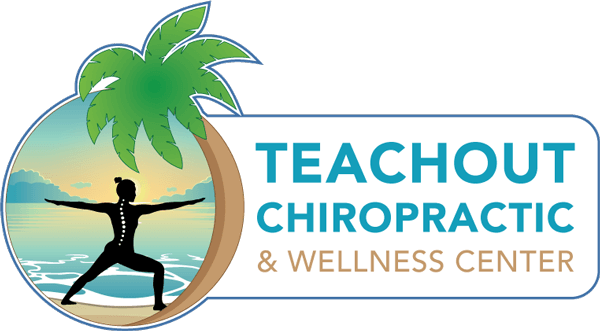
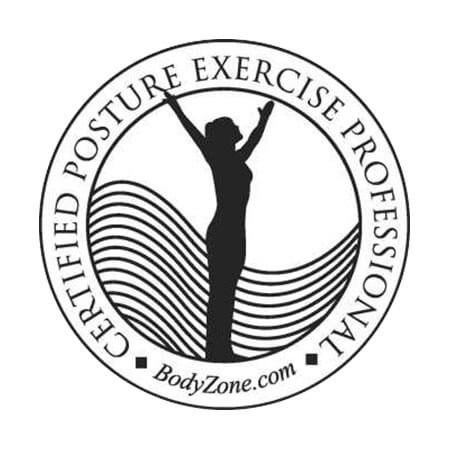
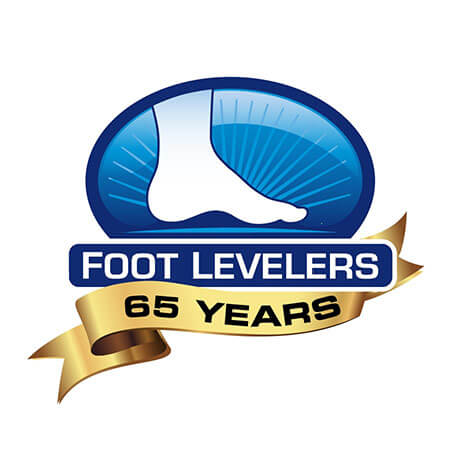
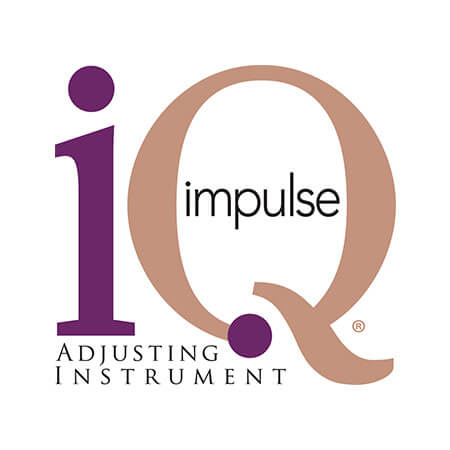

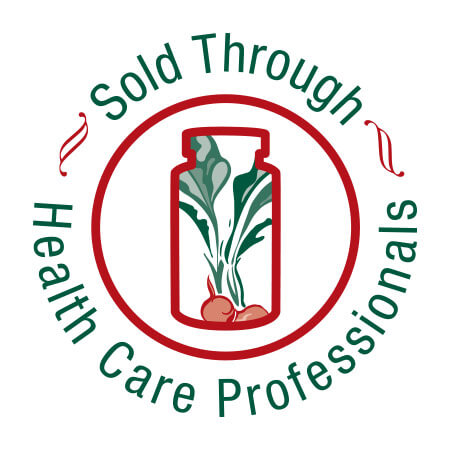
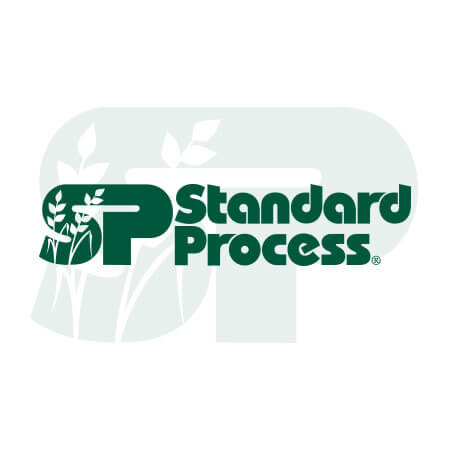
Share to: